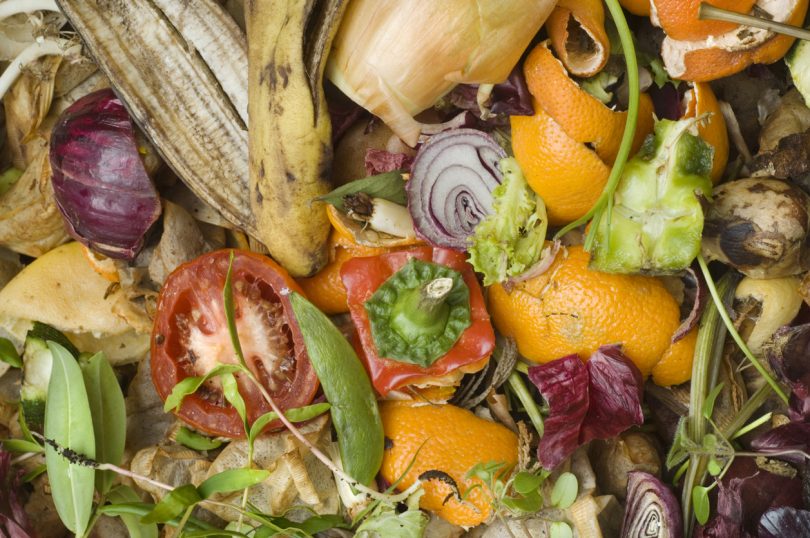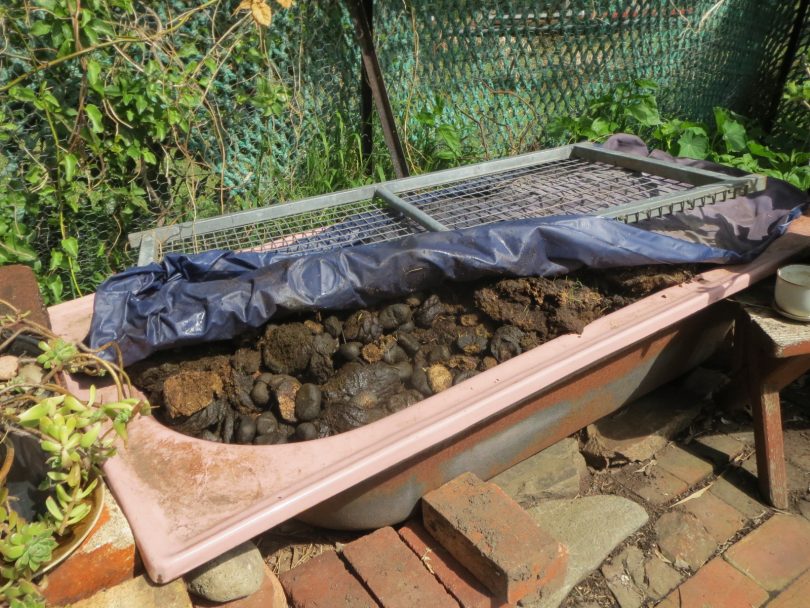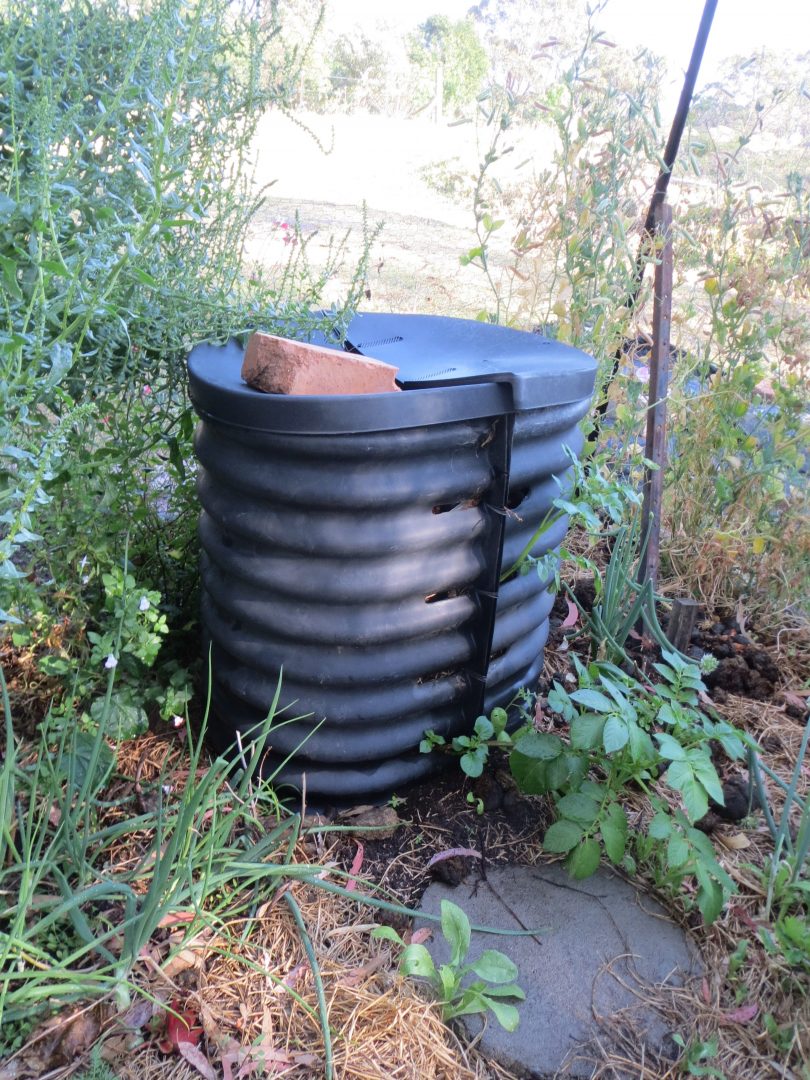
Compost in the making. Photos: Kathleen McCann.
Just about everything organic is compostable. From food scraps, waste paper products, old clothes (natural fibres of course) even dead animals and manure from all things (even us!).
Composting is a fantastic way to return valuable resources back to your garden or paddock. Here are a few of my tried and trusted methods for reclaiming all that waste.
Bury it straight into the ground…
If you have the advantage of fairly deep (more than a shovel-head length) soils, then you can bury organic matter straight into the ground.
A nine-litre bucket of kitchen scraps will take a little while to break down, so adding a handful of lime to the mix will help.
Dig it into a trench one shovel-head deep and two or three shovel-heads wide, empty your compost bucket and cover with soil. You may have to use wire and bricks on top to stop animals from digging it up – especially if you have meat product waste.
Plant out into it after a month.
Bathtubs – or any big container – fridges, freezers, pickle barrels
Using a big container is a fantastic way to keep control of waste.
The beauty of bathtubs is that it has two awesome outcomes – they are usually unclimbable by rodents and two, they deliver compost and worm juice.
Raise the bath high enough to get a container under the plughole of the bath, something that will catch that worm juice AKA liquid compost, an awesome fertilizer addition to any garden. I water mine down to one cup to a bucket of water and feed up my veggies and fruit trees every month during the growing season.
A bathtub is great for larger bits of garden waste, dead small road kill, dead chooks, animal manure, chopped up old stalks – whatever. A handful of garden worms in the mix will help to break it all down. Water and keep damp by adding a tarp or lid of some description. It should be ready to use after three months, at that time remove anything not broken down and start again with that stuff on the bottom of the next bathtub pile – it will all break down eventually.

A bathtub compost system also gives you worm juice.
Building a compost bay
A compost bay can be built out of anything stable – wooden pallets, corrugated iron, bricks.
They are fairly big – usually up to and over 1.5 metres high, deep and wide.
Compost bays are used in two ways – the ones you leave and wait for it to break down or there are the ones you use as your personal garden gym and turn every few days to a week.
If you intend to leave it and top up regularly with waste, you need to add extra things like manure, dry matter, and water to keep it damp and cover it with something to help it break down more quickly. Turning the pile will help to break it down even faster. Plus you get the added bonus of killing off any weedy seeds or cuttings that have sprouted.
Leaving a large pile will take a long time to break down – six to twelve months. Turning a pile will make usable compost in six to eight weeks in summer and a bit longer in winter.
Just know that a compost bay is an excellent habitat for many critters if it is left – rodent and reptile in particular.
Black or green plastic open-bottomed bins
I use these a lot. I place mine directly on the soil of the veggie patch where I want great soil to be built up.
I dig the bottom edge of the bin in about 10cms – this puts the rodents off digging in and under (usually).
I regularly top up with all the kitchen waste that doesn’t go to the chooks. I also add manure – horse, cow, and chicken – every couple of months. I always add dry material after wet and stinky kitchen waste.
I water regularly to keep damp. Lids need to be kept on. When the compost bin is getting to a good height, lift the whole bin up and off and place it in another spot in your veggie patch. Shovel the top part that’s not broken down into it and start the whole process again.
Underneath should be nice and wormy and very composty looking. Spread this around the bed and add a mulch on top.
Don’t worry if there are big bits like eggshell and plant matter in it, plant straight into it. You will have to keep an eye on seedlings sprouting from the compost though. Some you may want to keep, but it’s best not to let it get out of hand.

“Underneath should be nice and wormy and very composty looking.”
Good luck, there is a composting method to suit most backyards and home growers.
In garden solidarity, Kathleen.
Kathleen McCann is a permaculturalist, artist, good chick, number 1 worker at Luscious Landscapes.
Original Article published by Kathleen McCann on About Regional.











